‘Keffiyeh’: A Palestinian cultural wear getting recognition amid war
When we hear the word ‘Keffiyeh,’ it conjures the image of Palestinians in our minds. Amid the Palestine and Israel conflict this iconic garment frequently appears in headlines prompting the question; is it a cultural piece of clothing for Palestinians?
The iconic black and white Keffiyeh with its olive-designed checkered pattern symbolises solidarity and provides comfort. However, not only Palestinians but also Arab communities worldwide use it as a symbol of their cultural heritage.
The patterns on the keffiyeh have long been disputed. Typically, it consists of three main patterns; the fishnets, the bold lines, and the olive leaves.
The fishnet pattern – the most popular of the three – is believed to represent the Palestinians’ connection to the sea.
Some believe the fishnet to be a symbol of collectivism – knotting individuals into a wider, stronger entity.
Others, like Palestinian performer Fargo Tbakhi, perceive the pattern to resemble barbed wire – a nod to the nation’s occupation.

According to the website kufiya.org the clothing originated in Iraq in 3100BC, the square meter scarf spread throughout the Arab world as a traditional headdress worn in the Middle East and North African regions.
Over the last century, the keffiyeh became popularised among the general Palestinian community. It doesn’t signify the class but is a symbol of Palestinian identity and resistance. Today, the keffiyeh is an unspoken expression of solidarity with the Palestinian people.
The black stitching is sometimes referred to as a honeycomb design, recognising the region’s beekeepers. In some rural areas of Syria where the cloth is also worn, it is said that the pattern symbolises the joining of hands and the marks of dirt and sweat wiped off a worker’s brow.
The commercialisation of the Keffiyeh has by no means diminished its cultural value in the eyes of Palestinians.
Some references suggest that the word ‘Keffiyeh’ may originate from ‘Kufa,’ a reference to the Iraqi city south of Baghdad along the Euphrates River.
Its use prominently increased in the 1960s with the beginning of the Palestinian resistance movement, championed by Palestinian politician Yasser Arafat.
Arafat, who was rarely seen without his keffiyeh, popularised the headscarf on an international scale.
Last Palestinian Keffiyeh Company
The Hirbawi Textile Factory is the last-standing producer of the authentic Palestinian keffiyeh. Founded in 1961 by Yasser Hirbawi, the company out-lived its many competitors to become the sole provider of the iconic headscarf, selling 150,000 keffiyehs annually at one point in time.
However, once global companies caught wind of the trend and began to produce more cheaply made replicas, the original Hirbawi keffiyeh was overshadowed.
At one point, the Palestinian company only sold as little as 10,000 scarves a year.
For the latest news, follow us on Twitter @Aaj_Urdu. We are also on Facebook, Instagram and YouTube.




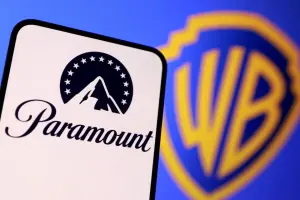





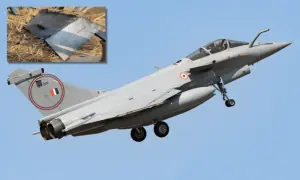
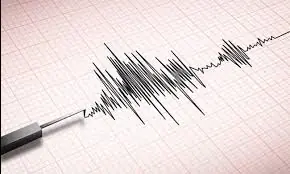
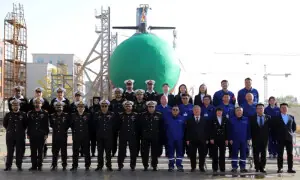

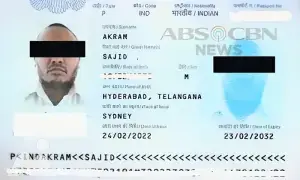




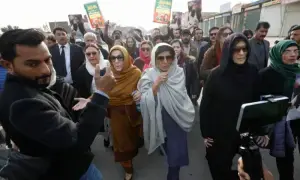

Comments are closed on this story.